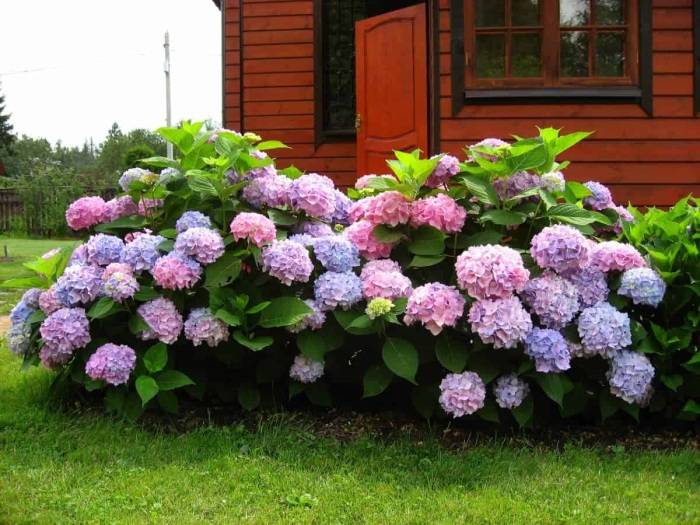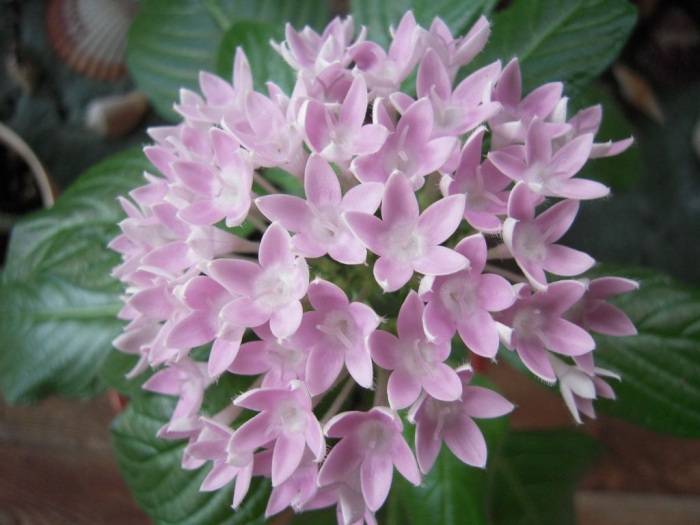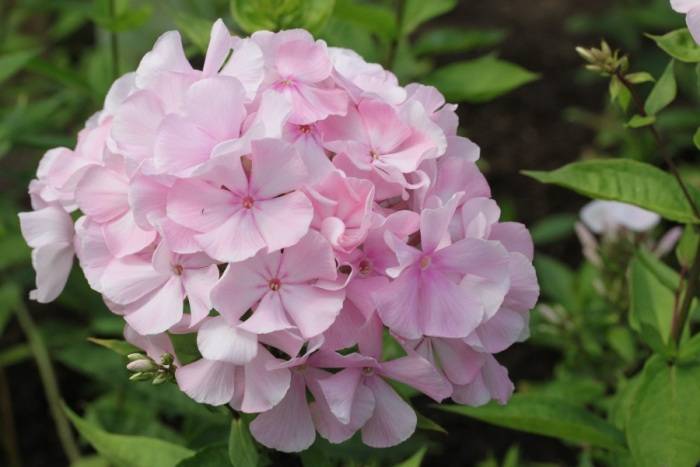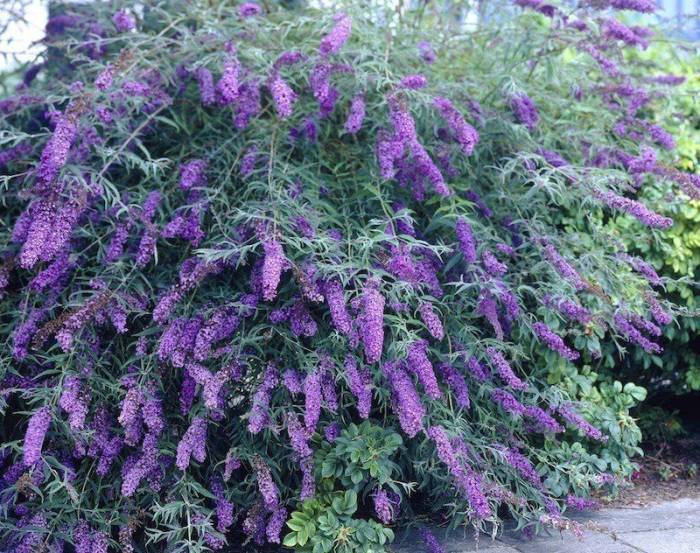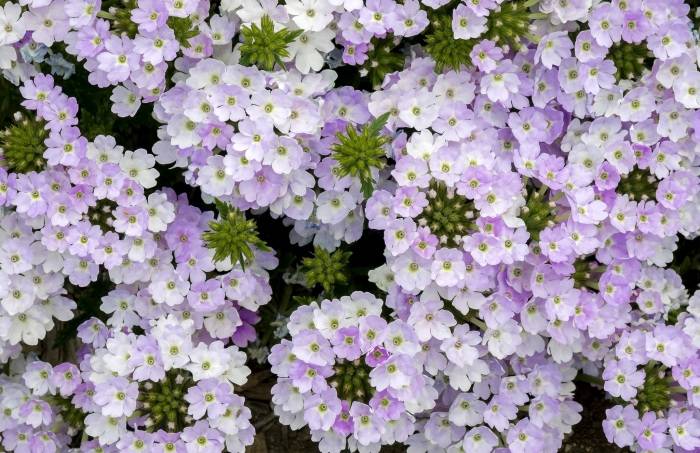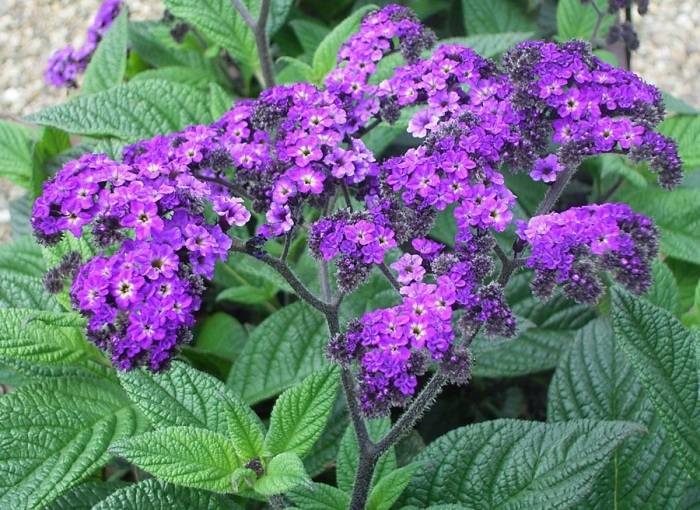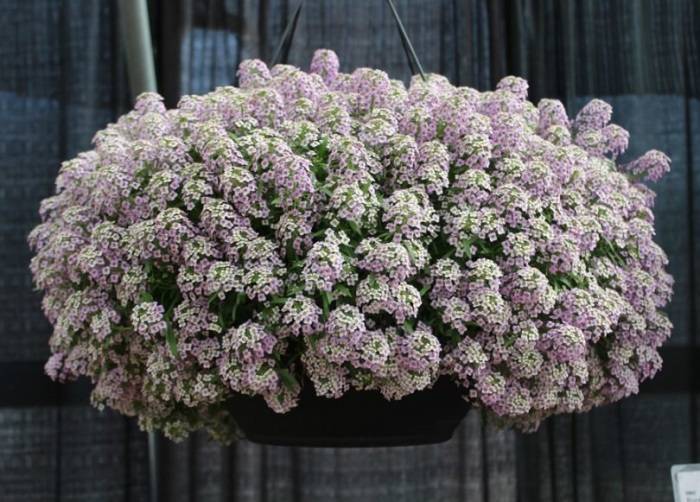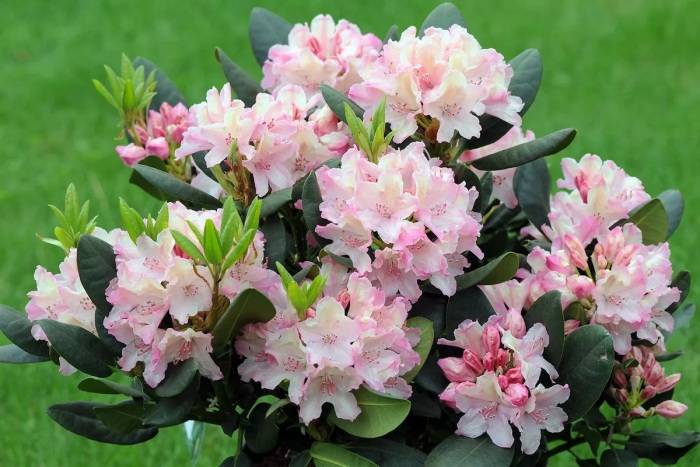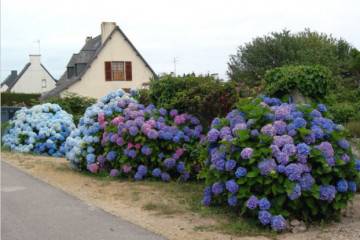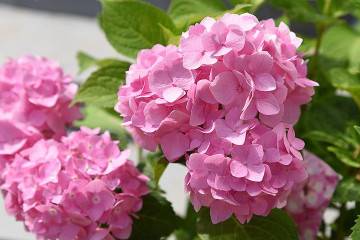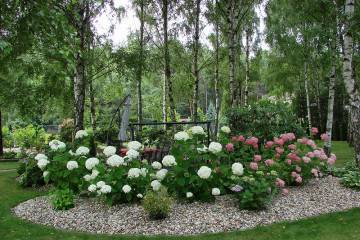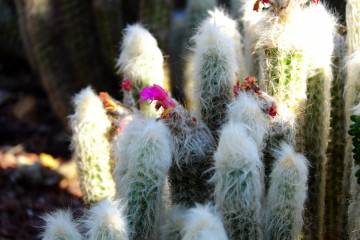A flower that looks like a hydrangea - what is it called?
Content:
The bright globular inflorescences of the hydrangea make it a welcome guest in many gardens. At the same time, it is thermophilic and does not tolerate drought. For harsher climates and less skilled gardeners, you can choose other plants that will also look decorative.
Shrub like hydrangea
Among the shrubs, there are some specimens very similar to hydrangea.
Pentas
Latin name Pentas. Belongs to the Marenov family. Among gardeners, the pentas is called the Egyptian star.
Leaves, depending on the variety, can be lanceolate or ovoid. Height rarely exceeds 80 cm. Five-petal flowers are snow-white, scarlet, lavender, pale pink, crimson, burgundy.
A native of Africa and Madagascar, it can be grown both as a garden and as a houseplant. In the conditions of the Russian winter, this beautifully flowering shrub will not survive. Therefore, it is better to grow it in a greenhouse in winter, and in summer to take it out into the garden directly in a pot. Pentas does not tolerate temperatures of -7 ° С. In the southern regions of Russia, you can plant this bush directly into the ground.
Phlox
May is the time of flowering of another flower, similar to a hydrangea. Phlox also have bright large inflorescences. Unlike hydrangea, phlox is a herbaceous plant. These flowers are unpretentious, they grow well even in cool Siberian climates and are not so demanding on the amount of moisture.
Most of all, phlox paniculata is similar to hydrangea. The main tone of the colors is pink and red. There are also pale lilac, white, deep purple, lavender varieties. There are varieties with bicolor petals.
Buddlea
Another flower that looks like a hydrangea is buddleya. Even in a harsh climate, it grows in the form of a bush up to 3 m high. The leaves are dark green, large, oblong with a white fluff on the back.
Budleia petals have white, pink, yellow-orange, lilac, purple, violet shades.
Buddley is loved not only for its beautiful inflorescences, but also for its pleasant smell that attracts butterflies. Because of this, it is called the moth tree.
The buddlea bush pleases its owner with bunches of flowers for at least 10 years. Some varieties take root well even in cooler regions.
Verbena
Another bright paint in the garden palette is verbena. In some sources, this plant may be called pigeon grass, or iron grass.
Common in Europe and North America.
This is a herbaceous plant up to half a meter high. Tall varieties can reach 1 m. Spherical inflorescences are painted in lilac, snow-white, scarlet, peach, pink, orange. There are varieties with variegated and striped petals.
Verbena is unpretentious: it grows well both in bright sun and in the shade. Loves moisture, but less demanding on the frequency of watering than hydrangea.
Heliotrope
Another flower similar in appearance to hydrangea is heliotrope. It belongs to the Borage family.Leaves and inflorescences always turn in the direction of the sun. This feature was noticed by the ancient Greeks. The name is translated as “turning to the sun”.
Bushes up to 60 cm in height. In this case, the diameter of the inflorescence can reach 25 cm. The petals are white and in different shades of purple.
It prefers to grow in well-lit areas, but not in direct sunlight. Heliotrope does not like very humid places, its root system can rot.
A bush that looks like a hydrangea and blooms with white flowers
There are several more varieties, just like the hydrangea.
Alissum
Another "double" of the hydrangea is the wild-flowering alissum, a representative of the Cruciferous family. Its height rarely exceeds 30 cm. The leaves are gray-green, the flowers are lilac, yellow, white-pink, pale lilac and purple.
Different varieties will bloom gradually from spring to autumn. Alissum mountain blooms twice, in spring and autumn. All varieties, with the exception of the sea one, tolerate frost well and are grown as perennials.
Unpretentious in care, loves sunlight and light loose soil.
Spirea
Another unpretentious shrub that looks like a hydrangea is spirea. Belongs to the Pink family. Another name is meadowsweet.
Spirea begins to bloom in March. Inflorescences are raspberry, pink, white.
Likes to grow in well-lit areas or in light shade. With regular rainfall, it does not need watering. If there is no precipitation, then it is enough to water it 2-3 times a month.
Rhododendron
Scarlet, peach, hot pink, lilac and white rhododendrons can rival the hydrangea for the title of the gardener's favorite. The name of this plant in translation means "rose tree".
In the Russian climate, rhododendrons grow well only in the Caucasus and the Far East. In the conditions of Central Russia, caring for a rose tree is too painstaking, so it did not gain popularity among flower growers.
What does an ash hydrangea (Hydrangea Cinerea) look like, or gray
Ash hydrangea is an ornamental shrub native to North America. Refers to deciduous perennial plants. This type of hydrangea got its name, ashy, for the appearance of the leaves. Outside, they are smooth and green, and on the back side with a gray edging that looks and feels like felt. There is another name for this flower - gray hydrangea.
Hydrangea forms a spreading shrub, reaching 2 m in height. Flowers are always white, collected in inflorescences in the form of shields up to 15 cm in diameter. Duration of flowering can reach 3 months, starting in July.
The soil for gray hydrangea should be loose, air-permeable. For the outflow of excess moisture, the soil must be well drained.
Constant pruning and feeding is required. Watering is regular, but there is no need to turn the soil into a swamp.
Thus, among the varieties you can find one that will grow well in the Russian climate. And you can also replace the hydrangea with rhododendron, spirea, verbena, alissum, heliotrope, budley, phlox, pentas. They are in no way worse than her, and in some ways even better.
